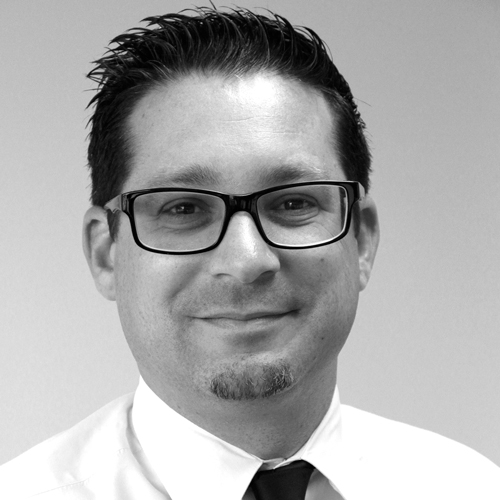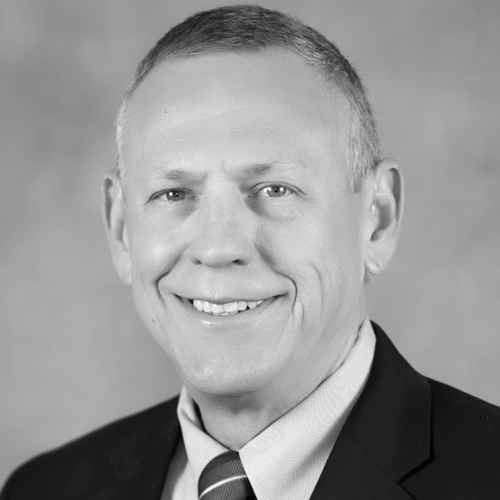On a Sunday afternoon in late May 2011, an EF5-rated multiple-vortex tornado struck Joplin, Missouri, with winds exceeding 200 miles per hour. At nearly one-mile-wide, it cleared a large path along the southern part of the city where, at the epicenter of the storm, St. John’s Regional Medical Center stood.
It was just four days earlier when the hospital had serendipitously completed its annual “all hands on deck” earthquake drill, so the staff was prepared for the disaster. All 169 patients were evacuated within ninety minutes, and a triage center was quickly established nearby. Physicians who had been working all day stayed on to help throughout the night, many of whom worked up to thirty-six hours straight.
The next day, Lynn Britton, president and chief executive officer of Mercy, made a major statement that the hospital in Joplin would be rebuilt and retain all employees. The corporate headquarters shipped computers to Joplin, so offices could be set up in a local convention center, and a MASH-type tent served as Mercy’s first temporary structure in a line of three temporary hospitals. At the same time, Mercy Joplin’s leadership team quickly set to work. The immediate plan was to design and build a state-of-the-art facility and retain its devoted staff in the years it would take to do so.
Meanwhile, chief financial officer Shelly Hunter and her finance team were taking the long view as they started planning for future growth. Mercy had lost 50 percent of its market share as a result of the disaster, but it was determined to regain it all and increase volume.
“It would have been so easy for Mercy to walk away from us, but instead they invested in us over the four years it took to rebuild.”
These ambitious goals would have been impossible without a dedicated team and a committed ministry leadership. “The cost was $150 million after FEMA and insurance to support the losses,” Hunter explains. “It would have been so easy for Mercy to walk away from us, but instead, they invested in us over the four years it took to rebuild.”
During the rebuild, Hunter managed current construction expenditures while maintaining steady ongoing operations at the temporary hospital. She worked closely with construction partners to stay within budget, while also working closely with FEMA to ensure funding and with the insurance company to negotiate claims.
“We needed to set ourselves up for success in the future, which required projecting volume as accurately as possible,” she says. As financial strategist and planner, Hunter also developed strategic initiatives to drive the hospital forward to greater growth. “Balancing the current projects and future growth required a lot of focused work and a great team of brilliant, talented analysts,” she says.
Corporate construction partners were highly supportive, along with the project manager, hospital leadership team, and the Joplin community itself. “It was a lot of fast-paced work for all of us,” she says. “But we pushed through knowing there was a light at the end of it all.”
The planning of a building of this size and complexity typically takes a minimum of about two years, but Mercy won construction awards for breaking ground in January 2012—just eight months after the tornado struck. And in 2015, Mercy moved into its new state-of-the-art, $460-million facility, complete with tornado-rated safety measures. “During the transition period, we coined the term ‘change fatigue,’” Hunter says. “But our folks are incredibly resilient, and we made it through together.”
As a result of the phenomenal combined effort of many teams, Mercy is now the preferred provider of most service lines in Joplin. By summer 2016, the hospital had regained 5 percent of its market share, the budget was met, and volume targets had been hit and exceeded. Mercy even made a $24 million cost improvement (not considering depreciation) in fiscal year 2015 thanks to Hunter’s team of efficiency experts.
Of course, maintaining the most efficient cost is worthless without also ensuring the highest quality healthcare. Achieving both also requires intensive planning in a constantly changing environment. “That’s why my work is so fun,” says Hunter, whose skill set and idealistic-thinking approach was an exceptional fit for the project. “I call it a Rubik’s Cube because all those moving parts are constantly affecting each other.”
One key advantage to Hunter’s successful financial strategy is the fact that she grew up in the Joplin area and understands the population, as well as where Mercy might succeed in certain outlying areas. Her twenty years in healthcare have helped her understand how to apply national trends to the plan. Putting all those together is perhaps Hunter’s greatest strength, giving her a view of the whole picture: Mercy’s strengths, Joplin’s needs, and the growth required to break even and cover all depreciation costs within two years of opening (by June 2018).
Ultimately, Mercy Hospital Joplin is a ministry with a mission to transform the health of the community it serves. “You can’t succeed here if you have a big ego,” Hunter says. “Everything has to be about caring for the patient and the greater good of the organization.”
Approaching their work with that service mindset is a defining characteristic of the Mercy team, as is their relationship-oriented commitment to the community. It’s a key reason why they banded together in the face of a disaster, stuck together through the rebuilding years, and continue to stand united and grow into the future. And while planning and strategy are certainly essential, it’s Mercy’s commitment to quality, service, and each other that can weather any storm

